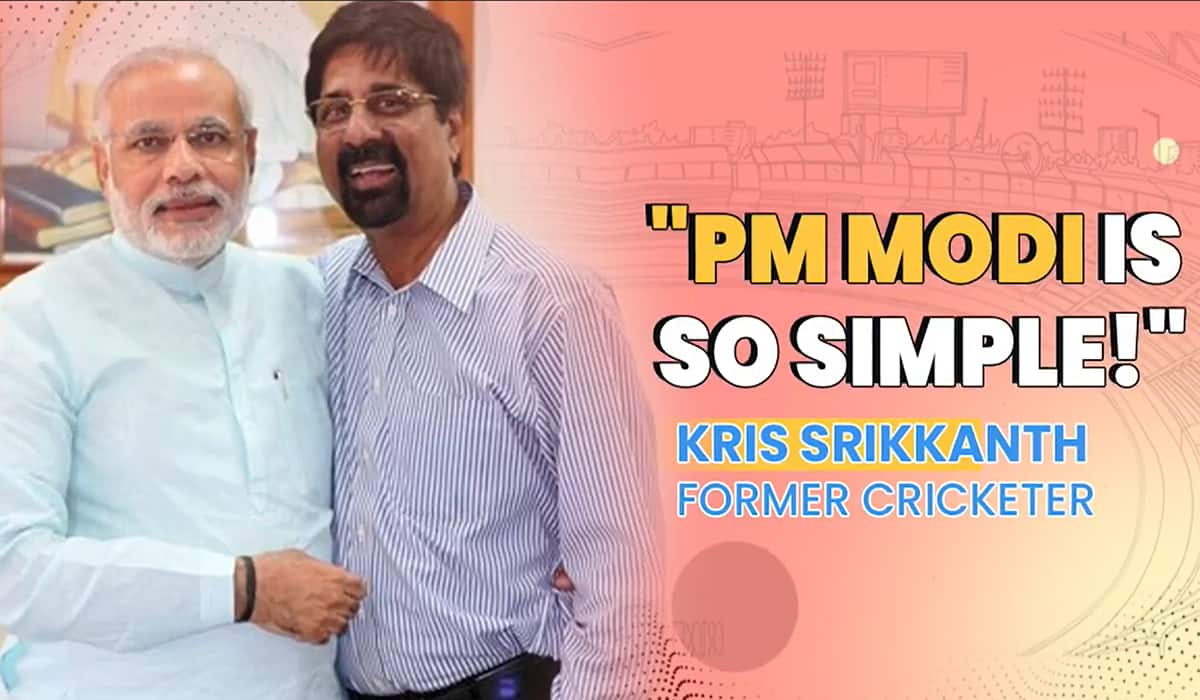The year was 1995. The BJP was fresh from having achieved a first ever victory in Gujarat Assembly elections and forming a majority government of its own. Two months later, civic elections were scheduled across the state. As preparations were on in full swing, Modi one day called a few of his trusted, non-party-cadre, aides and gave them a device they had not seen before - something which he had picked from his recent travel abroad - a Digital Camera. Their task was to go around the state along with the party campaigning teams and digitally record what they saw - people and their expressions, their attires, their habits, attendance in public meetings, what people ate their work places, at tea stalls - digitally capture the essence of Gujarat. This was much before Digital Camera had become popular in the West, leave alone being used in India.
It is a habit that Modi has kept even since - of being ahead of the curve in first seeing potential and then adopting the latest technological and digital inventions, not just personally but as a governance model as well. It is no surprise then that not just among politicians, but indeed in the larger society, Modi was the first to see and realize the potential of social media as not just a one-way broadcast medium but one which establishes a two way digital connect of equals. As CM of Gujarat, social media contributors would find a ready audience with him. As Prime Minister, one of his first initiatives was to institutionalize this connect with the launch of MyGov in July 2014. A year later, 'Digital India' was formally launched as a key signature initiative to usher in a governance model which was responsive, transparent and accountable. Speaking at the Digital India event in San Jose, California in 2015, Modi summed up his philosophy "When you think of the exponential speed and scale of expansion of social media or a service, you have to believe that it is equally possible to rapidly transform the lives of those who have long stood on the margins of hope. So, friends out of this conviction was born the vision of Digital India. It is an enterprise for India's transformation on a scale that is, perhaps, unmatched in human history. Not just to touch the lives of the weakest, farthest and the poorest citizen of India, but change the way our nation will live and work. "
Disclaimer:
It is part of an endeavour to collect stories which narrate or recount people’s anecdotes/opinion/analysis on Prime Minister Shri Narendra Modi & his impact on lives of people.
















